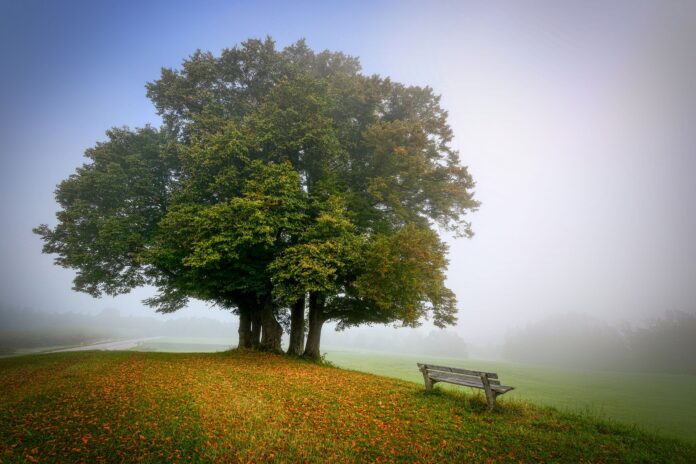Changes to infrastructure and building codes are needed to prevent heat-related deaths from extreme heat.
The recommendation comes from Simon Fraser University Renewable Cities executive director Alex Boston. He says the province needs to be given credit on moving forward in the prevention of heat deaths with an alert system.
However, Boston adds we are seeing more heat events more frequently and infrastructure and building codes are not up to date to deal with them.
“We have to move beyond crisis management and do whatever we can to prevent crises,” said Boston. “Not only do we have more frequent and intense heat episodes, we are growing our underlying vulnerabilities as a result of rapid decline in urban tree canopy, a rapidly growing population of solo seniors, and decades of inaction of retrofitting our buildings and improving energy performance.”
When looking at tree canopy Boston says not only does the provincial government need to require local governments to have a certain amount of green space, but they also need to give local governments the tools and funding to create these areas.
Boston adds tree canopies at single-family homes have dropped since the 1990s, and having the root systems can do more than just beat the heat.
“This is about, also, reducing flood risk,” said Boston. “When you have permeable surfaces, green space and trees, you have deep penetration of rainfall. That penetration of rainfall reduces the likelihood of flooding.”
Boston says home retrofitting is also required in order to keep heat-related deaths down and keep homes more efficient and prevent and dissipate heat.
He says the simplest of solutions can include using a fan or air conditioner. But he also says upgrading for good airflow and putting in a heat pump are very good solutions.
While some upgrades are not cheap, he says they need to be added to the building code and they can be done along with larger changes to your home.
“This is about methodically advancing these priorities over time. The best way and the best time to make a retrofit is when you’re doing a capital replacement anyway,” he said.
Choosing a roof colour can also be a good way to prevent home from heating up, according to Boston. He says choosing a “vanilla” roof over a dark one is a good step.
To protect those most vulnerable, like seniors, he says we need to get to know the seniors in our neighbourhoods and check in on them when the heat events return.






